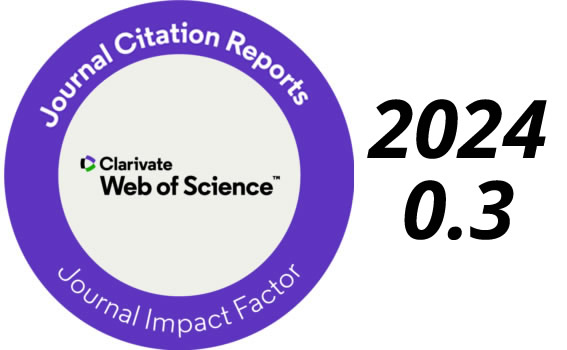The conceptual and methodological framework of drought risk and its components: Hazard, exposure and vulnerability
DOI:
https://doi.org/10.24850/j-tyca-2022-02-01Keywords:
Risk management, extreme phenomena, drought, climate change, vulnerability, adaptive capacityAbstract
Drought risk reduction and its direct and indirect impacts have gained worldwide relevance during the last decades. This paper presents a review of the basic conceptual and methodological tools to analyze the drought risk in a given system. The fundamental components of risk are described, conceived primarily as a function of hazard (or specific danger, which in this case is the drought phenomenon); exposure (people, property, livelihoods, and systems that are subject to potential damage and loss due to hazard), and vulnerability (represented by the socio-economic and environmental conditions of the system that make it susceptible to suffering damage). The concepts and definitions associated with these components are explained and the most usual mathematical methods and models for calculating them are presented. It is concluded that, given the great diversity of approaches, concepts, and methods to determine drought risk, it is at the discretion of the researcher or evaluator the selection of the most appropriate depending on the approach adopted, the information available, and the objective or investigation context.
Downloads
Published
How to Cite
Issue
Section
License
Copyright (c) 2022 Tecnología y ciencias del agua

This work is licensed under a Creative Commons Attribution-NonCommercial-ShareAlike 4.0 International License.
By Instituto Mexicano de Tecnología del Agua is distributed under a Creative Commons Attribution-NonCommercial-ShareAlike 4.0 International License. Based on a work at https://www.revistatyca.org.mx/. Permissions beyond what is covered by this license can be found in Editorial Policy.









